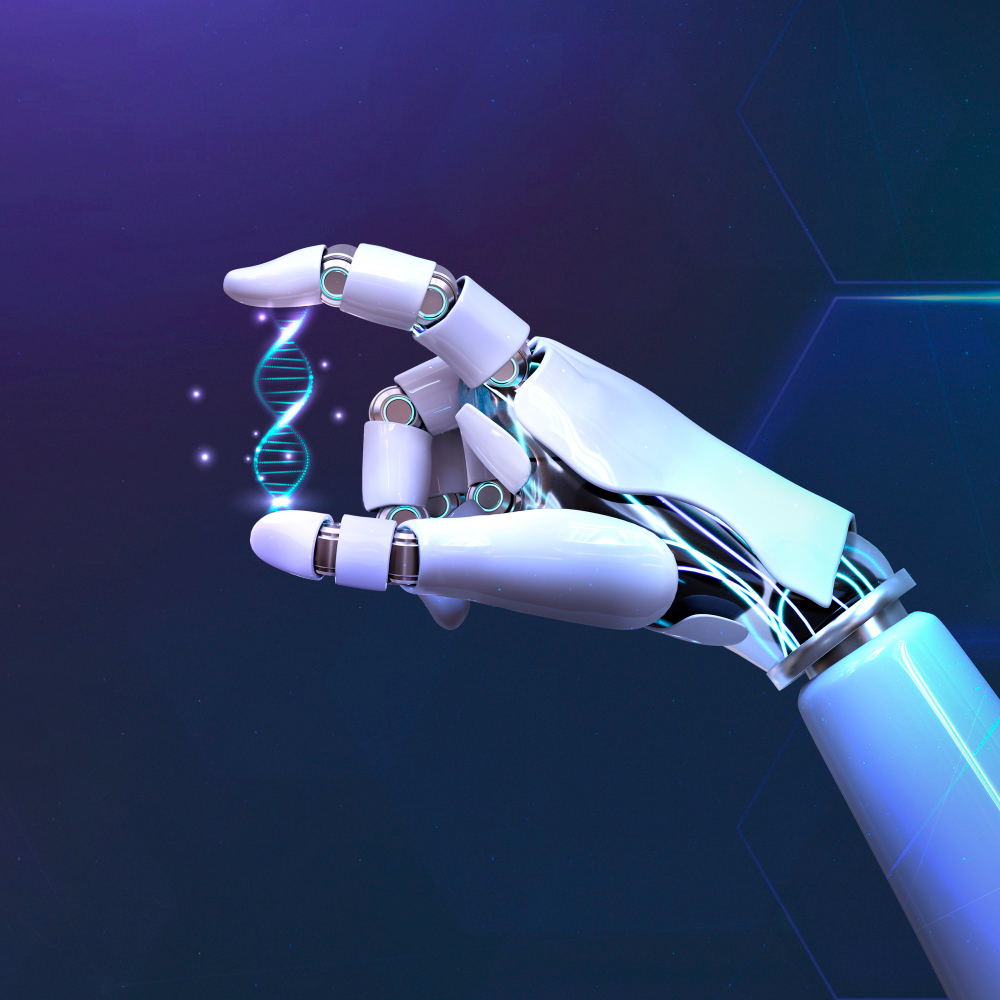AI revolutionises drug discovery: Unearthing antibiotics from extinct organisms
Shefalika Maini explores a new approach to drug discovery using artificial intelligence and molecular de-extinction, paving the way toward antibiotic solutions

Image: Rawpixel.com | Freepik
Advancements of profound significance have been achieved in the realm of drug discovery amidst the pressing battle against antimicrobial resistance (AMR). The escalating problem of AMR arises when microbes develop resistance to antibiotics, thereby heightening their susceptibility to infectious diseases. AMR can occur for a variety of reasons, from the misuse of antibiotics to a lack of access to clean water, hygiene, and sanitation (WASH) facilities. Currently, AMR has 700,000 fatalities per year and is predicted to take ten million lives by 2050.
However, a groundbreaking solution has emerged from the Machine Biology Group at the University of Pennsylvania, leveraging the capabilities of artificial intelligence (AI) to tackle this challenge head-on.
Utilising the cutting-edge panCleave machine learning model, the research team began to search for antimicrobial peptides concealed within both extinct and existing human proteins. Through in vitro experiments, they unveiled the antimicrobial potential of identified modern and archaic protein fragments.
Moreover, the team conducted a comprehensive assessment of lead peptides, exploring their mechanism of action, proteolysis resistance, and anti-infective efficacy in two preclinical mouse models. Reassuringly, certain peptides demonstrated robust stability, non-toxicity, and potent antimicrobial properties. These findings bear promising implications for the development of novel anti-infective agents.
In a pioneering breakthrough, the research group has successfully unearthed the first antibiotics from extinct organisms, specifically Neanderthals and Denisovans, ushering in the era of molecular de-extinction. This novel approach capitalises on the power of AI and computational tools to systematically explore the molecular diversity of extinct organisms, providing invaluable insights into their ancient genetic makeup.
At the core of this innovation lies the ethical framework of Molecular De-Extinction, offering a path to address contemporary health crises without resorting to the resurrection of entire organisms. By reviving specific extinct molecules, scientists can now confront current challenges related to AMR with newfound precision and efficacy.
The convergence of machine learning, synthetic biology, and chemistry has paved the way for a vast, unexplored realm of molecular sequences. As researchers delve into this uncharted territory, they gain a deeper understanding of evolutionary history and unlock a treasure trove of potential therapeutic agents to combat various diseases.
Additionally, this transformative approach sheds light on the significance of peptide sequences and their role in immunity. The ability to discern and analyse these molecular fragments provides crucial insights into immunity, fueling the quest for more effective treatment options.
The study's corresponding author, Dr César de la Fuente, explains: "Our findings suggest that molecular de-extinction holds tremendous potential as a framework for antibacterial drug discovery." This revelation marks a remarkable testament to the capabilities of AI and its transformative effect on antibiotic exploration.
The fusion of AI and molecular de-extinction marks a momentous achievement in the pursuit of novel antibiotics. As the scientific community continues to harness the power of artificial intelligence, the landscape of drug discovery is destined to evolve, empowering us with potent tools to combat the mounting challenges of antimicrobial resistance.